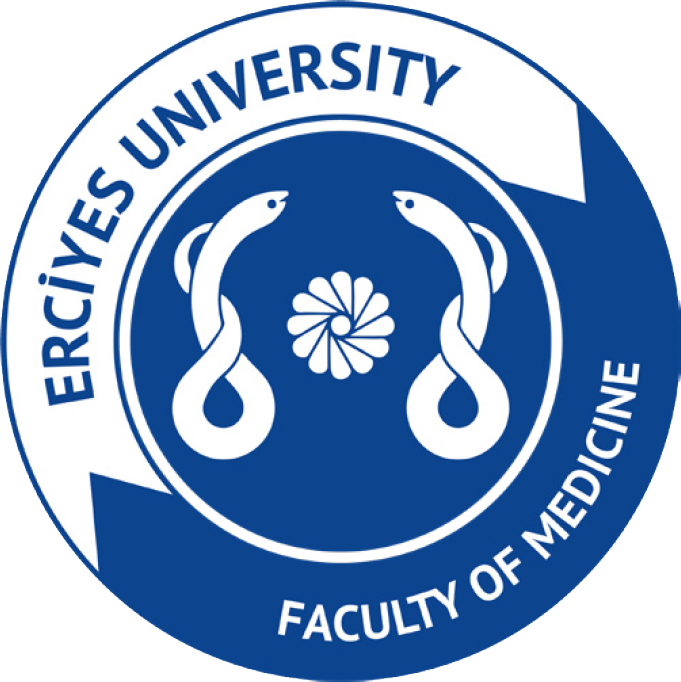2Department of Thoracic Surgery, Kayseri City Training and Research Hospital, Kayseri, Türkiye
3Division of Intensive Care, Department of Anesthesiology and Reanimation, Kayseri City Training and Research Hospital, Kayseri, Türkiye
4Department of Erciyes University Experimental Research and Application Center, Kayseri, Türkiye
5Department of Medical Biochemistry, Erciyes University Faculty of Medicine, Kayseri, Türkiye
Abstract
Objective: Pulmonary fibrosis is a progressive and fatal disease that is commonly seen in the general population, with an etiology and treatment methods that have not yet been fully elucidated. Intratracheal bleomycin (BLE) administration is one of the most common experimental models used to create pulmonary fibrosis. Betaine is a natural compound with proven antioxidant and anti-inflammatory properties. In the present study, the protective role of betaine against pulmonary fibrosis induced by intratracheal administration of bleomycin was investigated.
Materials and Methods: Four different groups were formed for the present study (n=7): Control, BLE, Betaine, and BLE+Betaine. BLE was given as a single dose on the first day of the experiment. The betaine application was given for 14 days, starting simultaneously with BLE, once a day. No application was made between days 14–21, and the experiment was completed on day 21. The lung tissues obtained were investigated using histopathological, immunohistochemical, and biochemical methods.
Results: BLE was found to trigger parenchymal fibrosis and the accompanying inflammatory response. Betaine tended to reduce these effects. Immunohistochemically evaluated α-SMA, MMP8, TGF-β, and IFN-ɣ increased due to BLE and tended to decrease in the BLE+Betaine group. There was no significant difference between the groups for IL-1β and IL-6. Galectin-3, hydroxyproline, and collagen type I, evaluated by ELISA, increased due to BLE and showed a decreasing trend in the BLE+Betaine group.
Conclusion: In conclusion, we believe that betaine tends to reduce the progression of bleomycin-induced fibrosis and that research should be continued to support current treatment strategies.


